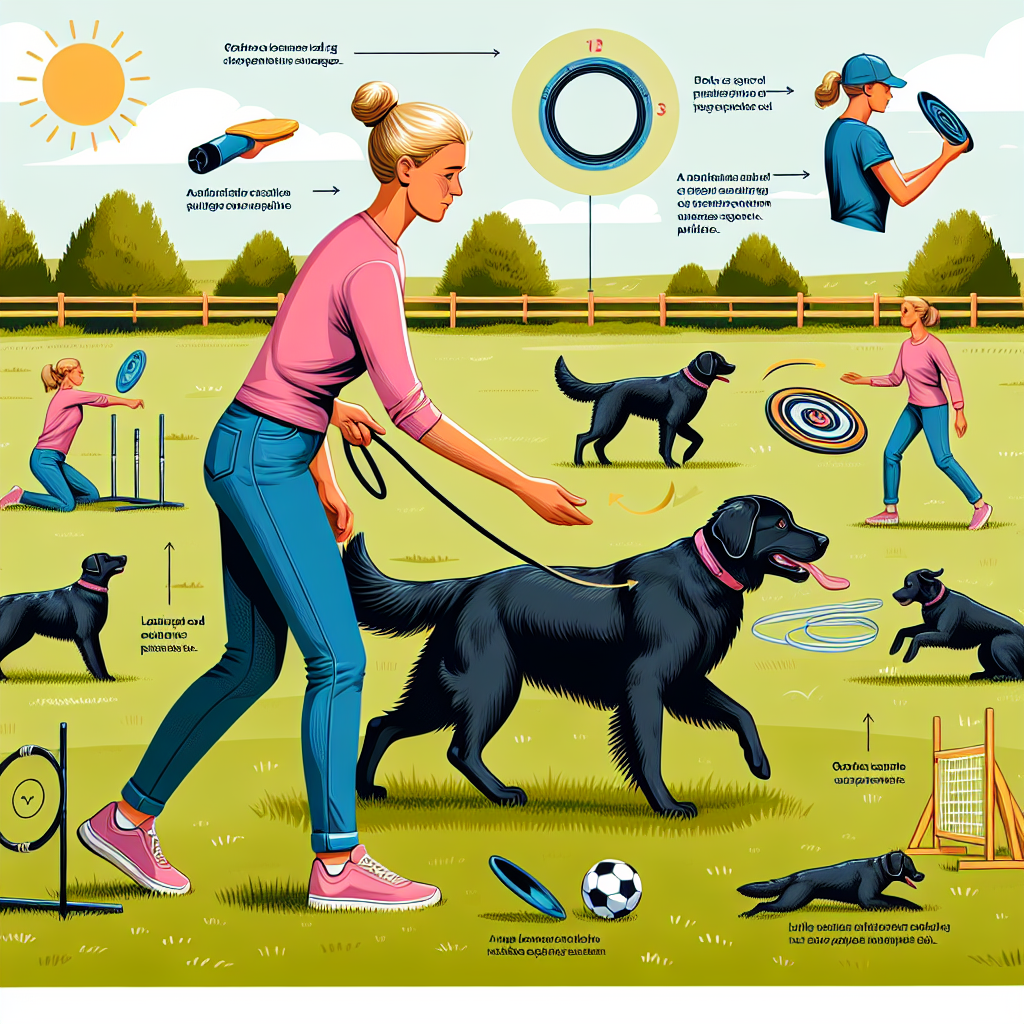Table of Contents
- Enhancing Obedience Training with Freework Techniques
- Building Confidence and Reducing Anxiety in Sport Dogs with Freework
- Combining Canine Freework and Scent Work: Enhancing Your Dog’s Versatility in Sports
Training strategies for canine freework in specific sports involve a combination of foundational skills, sport-specific techniques, and individualized approaches to enhance a dog’s performance and enjoyment. These strategies focus on building a strong bond between the handler and the dog, ensuring clear communication, and fostering a positive training environment. Key elements include understanding the physical and mental demands of the sport, utilizing positive reinforcement to encourage desired behaviors, and incorporating varied training sessions to maintain the dog’s interest and motivation. Additionally, it is crucial to tailor the training to the dog’s unique abilities and temperament, gradually increasing the complexity of tasks to build confidence and competence. By employing these strategies, handlers can effectively prepare their dogs for success in various canine sports, from agility and obedience to scent work and freestyle.
Combining Canine Freework and Scent Work: Enhancing Your Dog’s Versatility in Sports
Combining canine freework and scent work can significantly enhance your dog’s versatility in various sports, providing a well-rounded approach to training that benefits both the handler and the dog. Freework, which emphasizes a dog’s natural movements and behaviors, can be seamlessly integrated with scent work, where the dog uses its olfactory abilities to locate specific scents. This combination not only enriches the dog’s training experience but also improves its performance in competitive sports.
To begin with, it is essential to understand the foundational principles of both freework and scent work. Freework involves allowing the dog to explore its environment freely, encouraging natural behaviors such as sniffing, digging, and foraging. This type of training promotes physical and mental stimulation, fostering a strong bond between the dog and its handler. On the other hand, scent work focuses on harnessing the dog’s innate ability to detect and identify specific odors. This skill is particularly valuable in sports such as search and rescue, tracking, and detection trials.
Integrating these two training strategies requires a methodical approach. Initially, it is crucial to establish a solid foundation in freework. This can be achieved by creating a safe and stimulating environment where the dog can explore and engage in natural behaviors. During this phase, the handler should observe the dog’s preferences and tendencies, which will provide valuable insights for subsequent scent work training. For instance, a dog that shows a keen interest in sniffing and foraging may have a natural aptitude for scent work.
Once the dog is comfortable with freework, the next step is to introduce scent work gradually. This can be done by incorporating scent-based activities into the freework sessions. For example, the handler can hide treats or toys with specific scents around the training area, encouraging the dog to use its nose to locate them. This not only reinforces the dog’s natural sniffing behavior but also begins to build the association between scent and reward.
As the dog becomes more proficient in locating hidden scents, the complexity of the scent work can be increased. This can involve using more challenging hiding spots, introducing multiple scents, or extending the search area. Throughout this process, it is important to maintain a balance between freework and scent work, ensuring that the dog remains engaged and motivated. Positive reinforcement, such as treats, praise, and play, should be used consistently to reward the dog’s efforts and successes.
Moreover, combining freework and scent work can enhance the dog’s problem-solving abilities and adaptability. In competitive sports, dogs often encounter unpredictable environments and scenarios. By training in diverse settings and incorporating a variety of scent-based challenges, the dog learns to adapt and respond effectively to new situations. This versatility is a significant advantage in sports that require quick thinking and agility.
In conclusion, integrating canine freework and scent work offers a comprehensive training strategy that enhances a dog’s versatility in sports. By fostering natural behaviors and honing olfactory skills, handlers can develop well-rounded, adaptable dogs capable of excelling in various competitive arenas. The key to success lies in a gradual, balanced approach that maintains the dog’s enthusiasm and motivation, ultimately leading to a rewarding and fulfilling training experience for both the dog and its handler.

Read more about Canine Freework
Canine Freework and its Role in Canine Sports
– The Growing Popularity of Canine Sports and Competitions
– How Canine Freework is Incorporated in Various Canine Sports
– Training Strategies for Canine Freework in Specific Sports
– Benefits of Canine Freework for Performance in Canine Sports
– Finding the Balance between Canine Freework and Other Training Methods for Canine Sports
